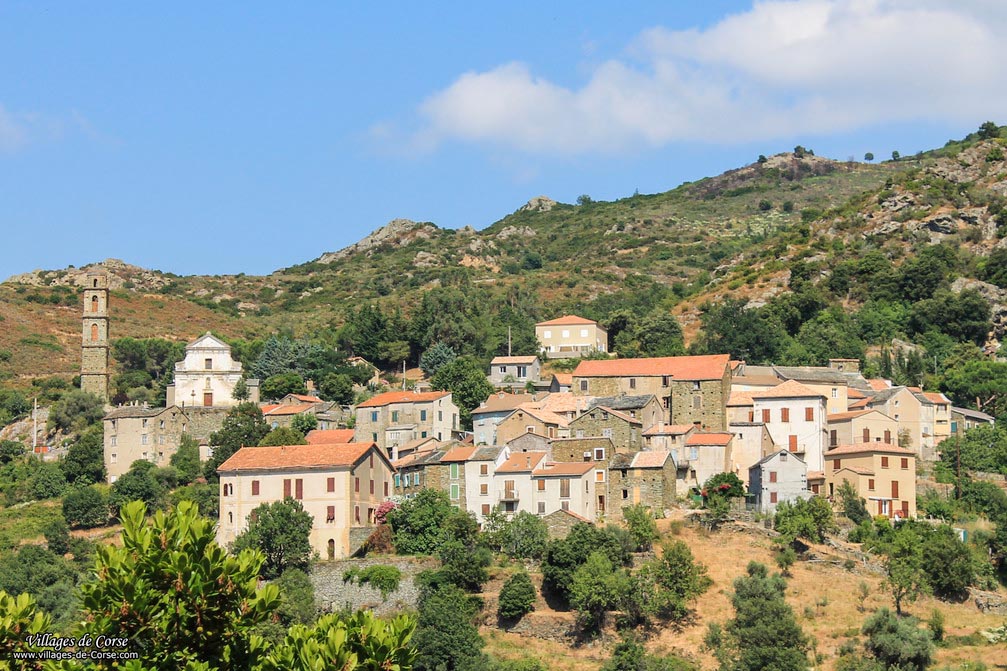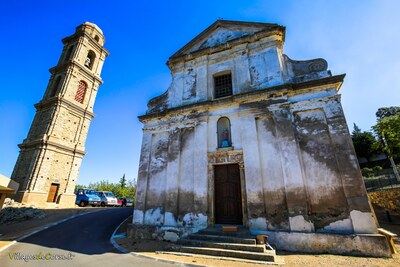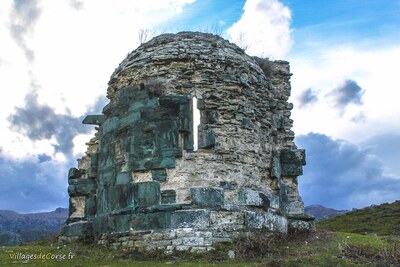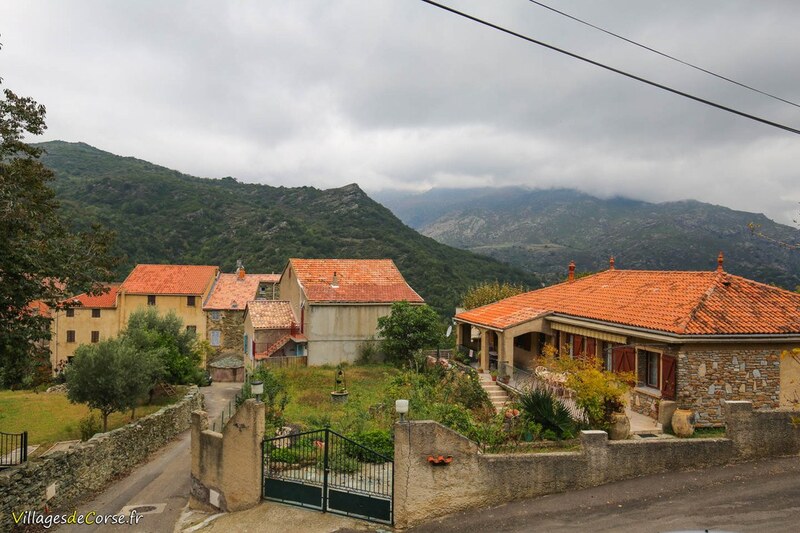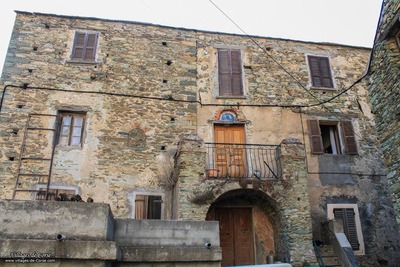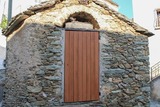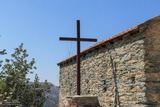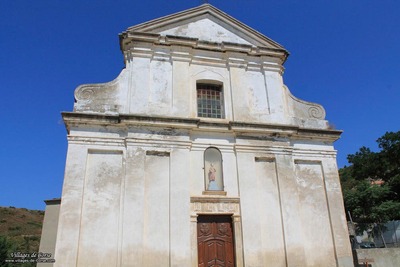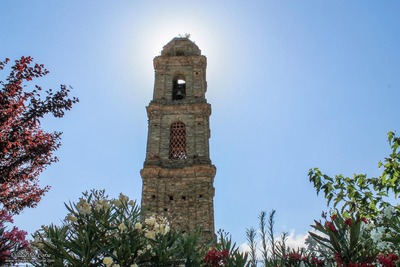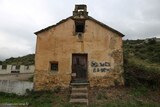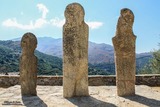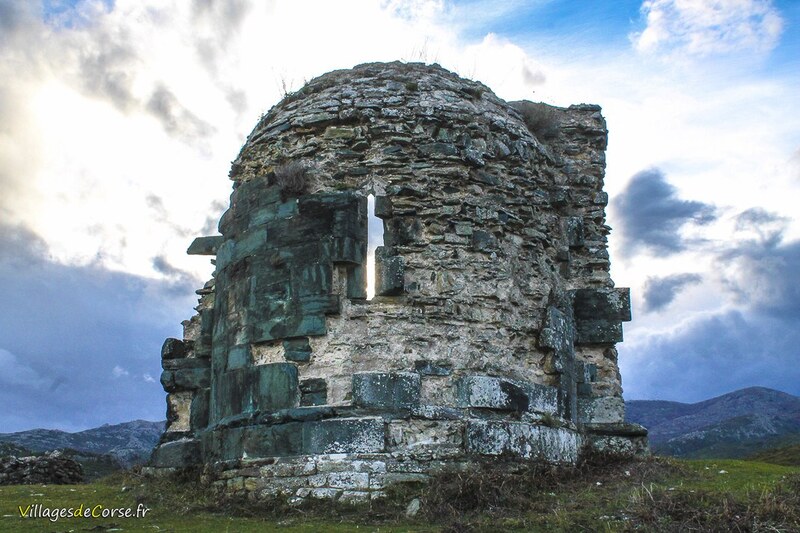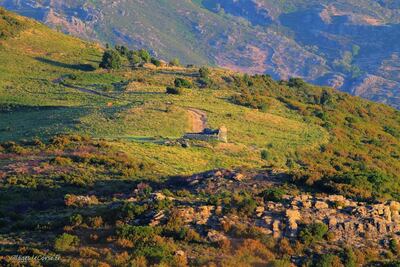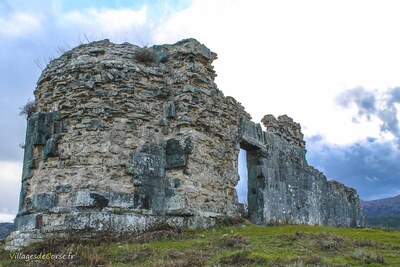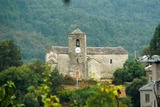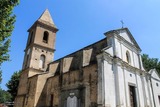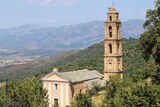Piève
A Pieve, 109 PopulationInsee Piève 16 to 1427 meters 1970 hectares
To discover Piève (Nebbiu) - Google Map
Small village in Haut-Nebbiu
Piève is a small village in the Nebbiu region with a population of 109, served by the D62, which links a number of villages in the Haut-Nebbiu region, including Vallecalle, Rapale, Piève, Sorio, San Gavino di Tenda and Santo Pietro di Tenda.
The village has been inhabited since prehistoric times, according to a number of archaeological finds, including the menhirs of Piève. San Quìlicu church, with its detached bell tower, places the village under the patronage of Saint-Cyr.
Its historic monuments, including the 13th-century chapel of Chjesa Nera, its old bread ovens and its ancient muleteer trails, make it a typical village of the Nebbiu region. Its territory stretches across a flat strip of land from the mountains to the plains, varying in altitude from 1,426 metres to 16 metres, with no direct access to the sea.
Etymologically, the name "Piève" comes from the Latin "plebs", meaning "people". Historically in Corsica, a piève was an administrative and religious district grouping together several village communities around a main church.
Cultural and religious heritage
The Church of Saint-Cyr - San Quìlicu
The parish church of Saint-Cyr (San Quìlicu), rebuilt on medieval foundations, is notable for its four-storey campanile, set 10 metres away from the church.
Saint Cyrus of Tarsus, one of the youngest Christian saints
The church is under the double patronage of Saint Cyrus of Tarsus, the youngest saint in the Catholic Church (aged between 3 and 5), and his mother Saint Julitte, Christian martyrs celebrated on 15 July.
Find out more about Saint Cyr of Tarsus and Saint Julitte.
San Bastianu Chapel
Unnoticed, the little San Bastianu chapel is located on the main road 400 metres before the village.
The Menhirs of Piève
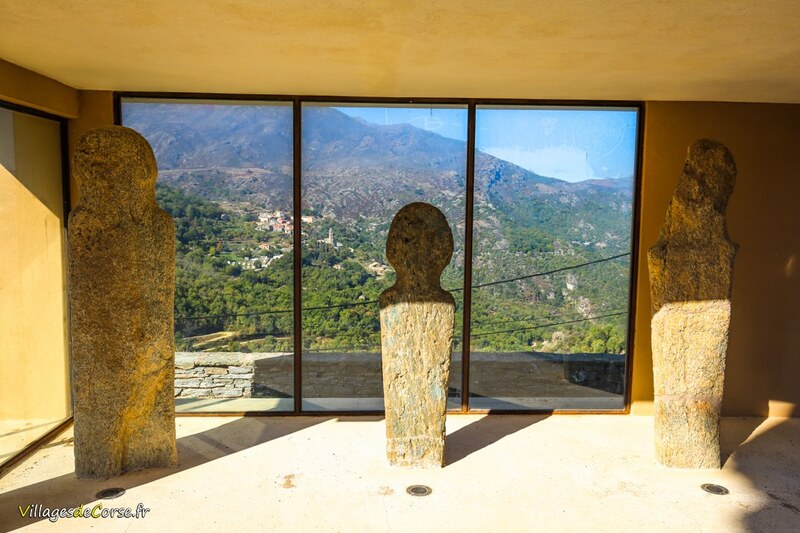
The village has a rich archaeological heritage, bearing witness to human occupation since prehistoric times.
Notable remains include three statue-menhirs discovered on the Col de Tenda (Bocca di Tenda), dated between 1400 and 1300 BC, displayed in front of the church of Saint-Cyr, and sheltered since 2017.
Photo dated 2012
Discovery walk at Chjesa Nera - The Black Church
Chjesa Nera - also known as Chjesa Negra or Chiesa Negra - is a ruined church completely isolated in the hollow of a valley on the heights of Piève, a 40-minute walk away. It was linked to an ancient 16th-century village - Asigliani - which is now abandoned and of which few traces remain, but which would also have included another chapel (to be confirmed).
On the heights of the village, heading up towards the Tenda massif, you'll find this nature trail that takes you to the ruins of the "Chjesa Nera" (black church), mentioned in the notes of Prosper Mérimée, inspector of the Monuments Historiques, for their restoration.
It's a short walk of less than 2 km, perfect for a family outing combining fun with the discovery of the Nebbiu's hidden treasures.
Another, longer route is possible along the Murato road towards the Col de Bigorno, but it is not signposted and requires a better knowledge of the area.

